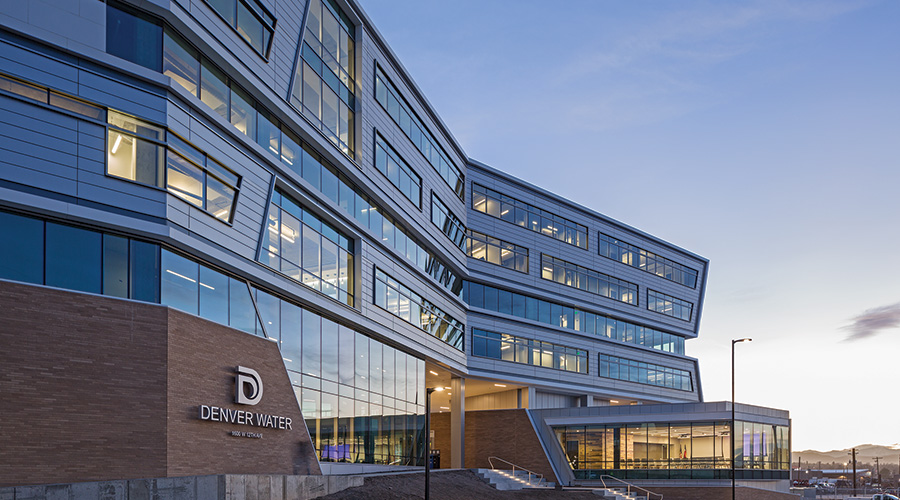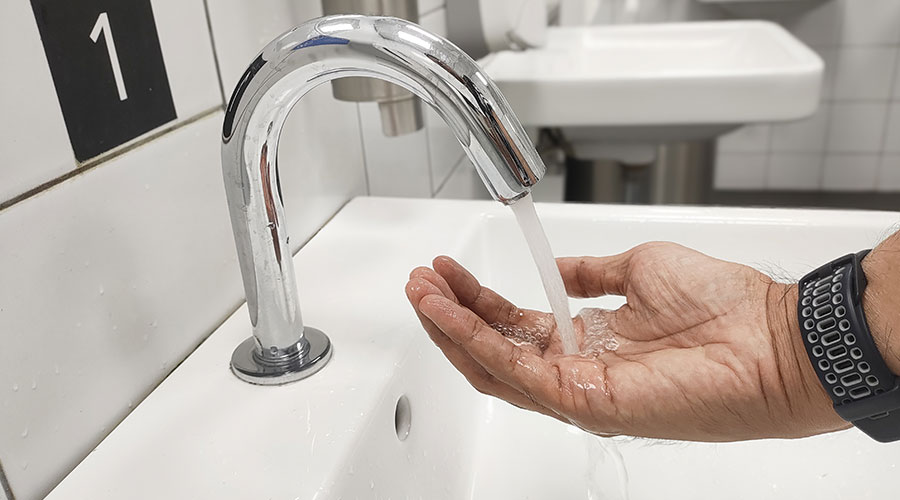Restroom Design: Consider Functionality and Cost
Plumbing & Restrooms
Most institutional and commercial restrooms are designed to function for 20 years without major upgrades or renovations. Restrooms that have been carefully designed and well-maintained might last even longer.
But restrooms are highly visible and maintenance-intensive areas, and normal use takes its toll on fixtures and surfaces. As a result, fixtures and controls require increasing levels of maintenance just to keep them operating.
Finishes become dull, creating the appearance of a lack of cleanliness. Eventually, engineering and maintenance managers have no other option than to renovate the restroom.
Renovations give managers a unique opportunity to improve the performance and appearance of these areas while reducing operating and maintenance costs. But the projects come with challenges.
Much has changed in restroom design and features in recent years. Manual valves have given way to automatic, or touchless, controls, reducing water use. Manufacturers also have developed high-tech finishes that reduce cleaning frequencies and resist vandalism.
Getting Started
Restroom design is more than specifying fixtures and finishes. It requires careful planning. Managers must select materials and fixtures properly if the finished project is to be functional and cost effective. One of the most important factors in the success of any restroom renovation is understanding the role restrooms play in the facility. Restrooms are high-maintenance areas, requiring frequent cleaning and restocking, and their cleanliness factors heavily in health and safety issues.
Restrooms also are major users of water. They are frequent targets of vandalism. They need to be in service around the clock. They are the single largest source of complaints from building occupants.
Their condition and appearance directly affect the way occupants and visitors perceive a facility’s operations. Failing to consider these factors when initiating a restroom design will result in less-than-optimum performance.
Managers planning renovations also must consider users’ needs. Different types of facilities and even different areas within facilities have different needs. In high-demand facilities with many users, the design must focus on using fixtures and finishes that crews can maintain and clean easily and rapidly.
Designs for facilities subject to abuse and vandalism must incorporate fixtures and finishes that are durable and easy to clean. High-profile facilities will focus more on projecting the organization’s desired image.
Related Topics:














